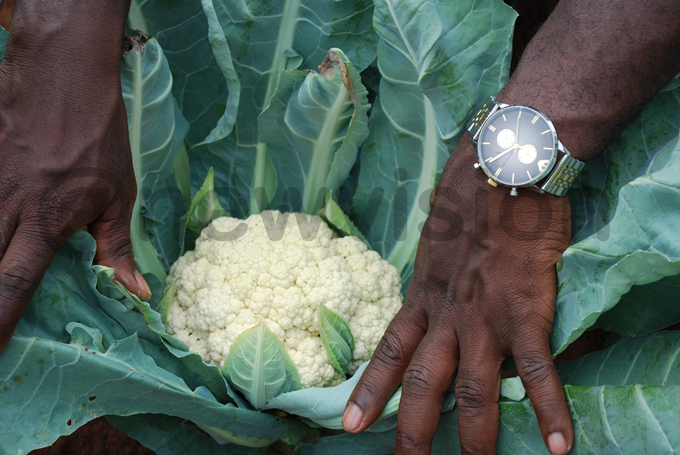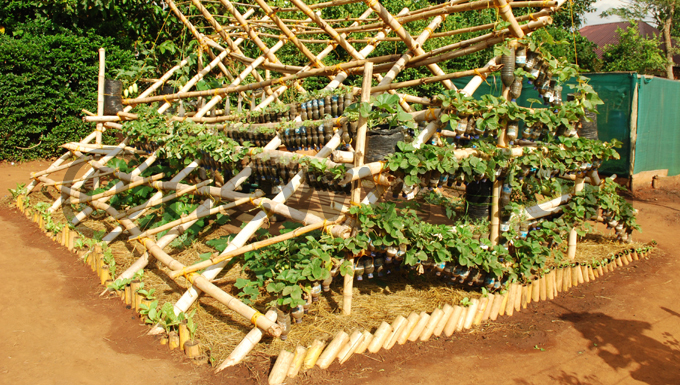Enjoy fresh vegetables daily
Apr 17, 2019
Vegetables such as spinach, cabbages, carrots, tomatoes among others are some of the foods dieticians recommend that we should have in our daily menu.

A farmer shows off the vegetables that he grows. PHOTO:
Setting up a vegetable garden in your backyard is a step in the right direction for anyone interested in improving their health through a better diet consisting of fresh vegetables.
Vegetables such as spinach, cabbages, carrots, tomatoes among others are some of the foods dieticians recommend that we should have in our daily menu.
One way of ensuring a steady supply of these vegetables, irrespective of seasonal changes, is to grow them in your backyard. You do not need much space or expensive equipment to get started.
An overgrown corner in your backyard that can be transformed into a raised bed, a hand hoe and passion for gardening is all you need to get started.
For those with limited space, or who live in apartments where the only space available is on the balcony, sack gardening is the way to go.
Joseph Bukenya, a resident of Kabuwomero, Luweero district lives in a small two-roomed house set on a plot of land measuring 100ft by 50ft. This is typical for many peri-urban poor households who cannot afford the luxury of spacious lawns and tree-lined driveways.

Vegetables are good for one's health
Despite the small size, Bukenya has turned his small compound into a neat green garden that has become the envy of many and has now become a demonstration garden of sorts.
How to get started
Benon Kisomose, an agronomist says start by making a nursery bed of the vegetables you intend to plant. An old jerrycan split into two, an old basin or any other container filled with loam, (black crumby) soil mixed with compost manure can work as a nursery.
According to Kisomose next, buy the seeds and plant them in the nursery, following the instructions on the sachet, in which they were packed.
A sachet of one of the common vegetables costs about sh500-sh2,000 each.
He says when the seedlings are ready (according to the instructions on the sachet) for transplanting, you transfer them to the raised bed or sack garden.
According to Bukenya in case of a sack garden, fix a pole in the centre of the sack and fill it with the mixture of loam soil and the manure.

You can grow vegetables in your backyard
Include fist-size stones to support the sack, so that it remains in an upright position, and at the same time provide aeration to the plants.
Kisomose says it is important to make some spaced holes in the sides of the sack and insert the seedlings from the nursery bed. During the dry season, you need to water your sacks every morning.
Two liters of water are enough for a sack. Try to keep your garden and the surrounding area clean and weed free, to eliminate pests that may attack the vegetables.
In case of a disease attack, the first use of defence is to remove the affected plants before they infect others.
Spraying with chemicals should be done as a last resort, and if possible, use organic chemicals.
After harvesting the vegetables, you can still use the same sacks to plant another crop. If the soil in the sack gets exhausted (you can tell from the deteriorating quality of vegetables), pour it out, mix it with manure and then put it back in the sack, to plant fresh vegetables.
